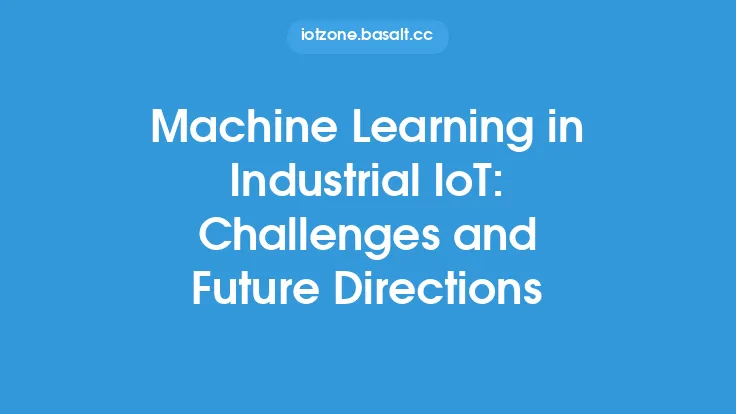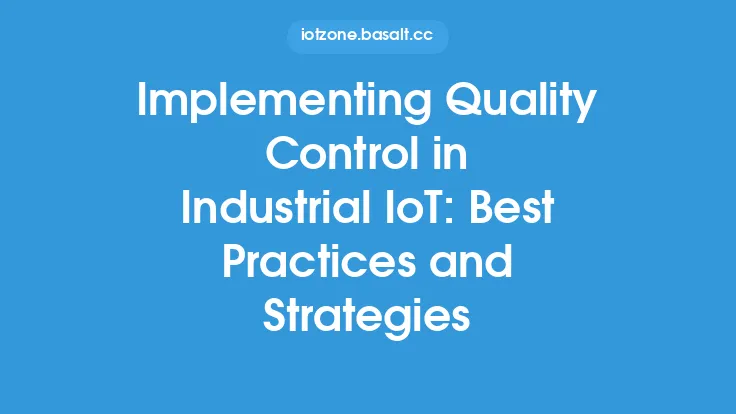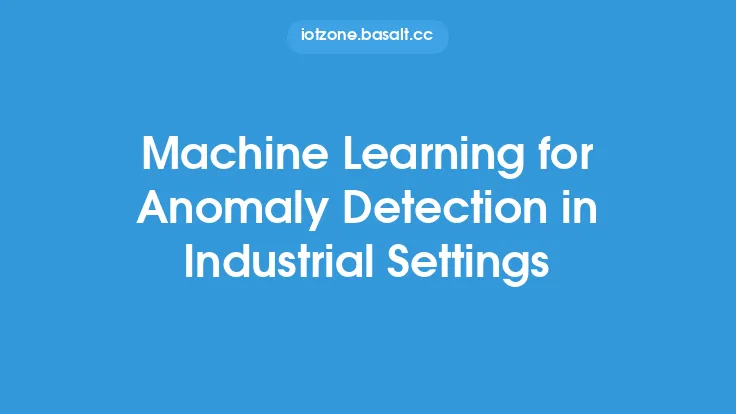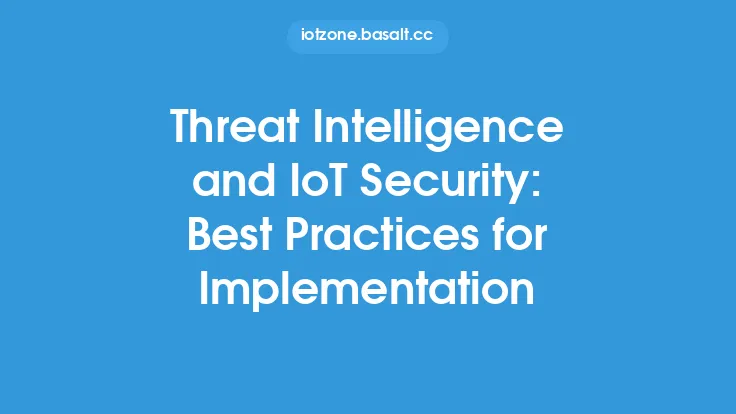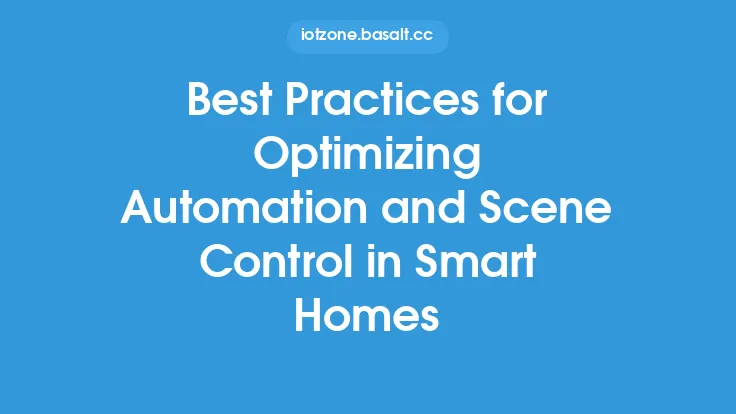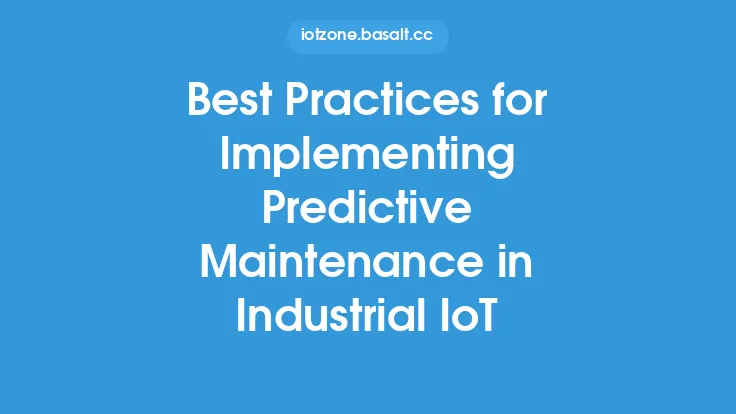Implementing Industrial IoT machine learning solutions requires careful planning, execution, and integration to ensure maximum benefits and minimal disruptions to existing operations. The key to successful implementation lies in understanding the unique challenges and opportunities presented by Industrial IoT environments and tailoring machine learning strategies accordingly. This involves selecting the right machine learning algorithms, designing appropriate data pipelines, and ensuring seamless integration with existing industrial systems.
Understanding Industrial IoT Environments
Industrial IoT environments are characterized by a diverse array of devices, sensors, and machines, each generating vast amounts of data. This data can be leveraged to improve operational efficiency, predict maintenance needs, and enhance product quality. However, the complexity and variability of industrial data pose significant challenges for machine learning model development and deployment. It is essential to have a deep understanding of the industrial process, the data being generated, and how machine learning can be applied to drive meaningful insights and actions.
Data Preparation and Pipeline Design
Effective machine learning in Industrial IoT begins with robust data preparation and pipeline design. This involves collecting, processing, and analyzing data from various sources, including sensors, machines, and other industrial equipment. Data quality is critical, as poor quality data can lead to biased or inaccurate machine learning models. Techniques such as data cleaning, feature engineering, and data normalization are essential for preparing industrial data for machine learning. Additionally, designing a scalable and flexible data pipeline that can handle the volume, velocity, and variety of industrial data is crucial for supporting real-time machine learning applications.
Selecting Appropriate Machine Learning Algorithms
The choice of machine learning algorithm depends on the specific problem being addressed and the characteristics of the data. For instance, supervised learning algorithms are suitable for predictive maintenance and quality control applications, where labeled data is available. Unsupervised learning algorithms, on the other hand, are more appropriate for anomaly detection and clustering applications, where labeled data is scarce. Deep learning techniques, such as convolutional neural networks (CNNs) and recurrent neural networks (RNNs), can be applied to complex industrial data, such as images and time-series data, to extract meaningful patterns and insights.
Integration with Existing Industrial Systems
Seamless integration with existing industrial systems is critical for the successful deployment of machine learning solutions. This involves interfacing with various industrial protocols, such as OPC-UA, Modbus, and MQTT, to collect data from devices and machines. Additionally, integrating machine learning models with existing control systems, such as SCADA and DCS, enables real-time decision-making and automation. Standardization and interoperability are key considerations to ensure that machine learning solutions can be easily integrated with diverse industrial systems and devices.
Security and Scalability Considerations
Industrial IoT machine learning solutions must be designed with security and scalability in mind. Industrial environments are vulnerable to cyber threats, and machine learning solutions must be protected against data breaches and other security risks. Techniques such as encryption, secure authentication, and access control are essential for safeguarding industrial data and machine learning models. Scalability is also critical, as industrial operations can generate vast amounts of data, and machine learning solutions must be able to handle this data volume and velocity.
Model Deployment and Maintenance
Deploying and maintaining machine learning models in Industrial IoT environments require careful planning and execution. This involves selecting the right deployment strategy, such as edge deployment or cloud deployment, depending on the specific use case and requirements. Model maintenance is also critical, as machine learning models can drift over time due to changes in the underlying data distribution. Techniques such as model monitoring, updating, and retraining are essential for ensuring that machine learning models remain accurate and effective over time.
Best Practices for Implementation
Several best practices can facilitate the successful implementation of Industrial IoT machine learning solutions. These include:
- Starting with a clear understanding of the business problem and the role of machine learning in solving it
- Developing a robust data strategy that includes data collection, processing, and analysis
- Selecting the right machine learning algorithm and technique for the specific problem
- Ensuring seamless integration with existing industrial systems and devices
- Prioritizing security and scalability in the design and deployment of machine learning solutions
- Continuously monitoring and maintaining machine learning models to ensure accuracy and effectiveness
Future Directions and Opportunities
The future of Industrial IoT machine learning is promising, with opportunities for innovation and growth in areas such as edge AI, explainable AI, and human-machine collaboration. Edge AI involves deploying machine learning models directly on edge devices, such as sensors and machines, to enable real-time decision-making and automation. Explainable AI involves developing techniques to interpret and explain machine learning model decisions, which is critical for building trust and confidence in Industrial IoT applications. Human-machine collaboration involves designing systems that combine the strengths of humans and machines to drive more efficient and effective industrial operations. As Industrial IoT machine learning continues to evolve, we can expect to see new technologies, techniques, and applications emerge that transform the industrial landscape.
